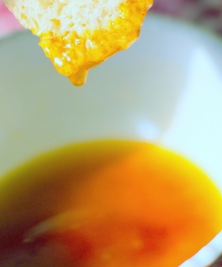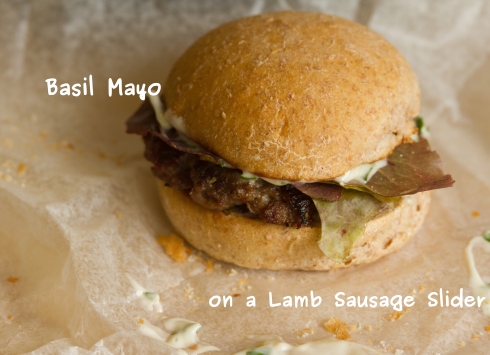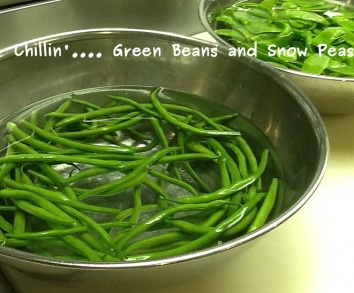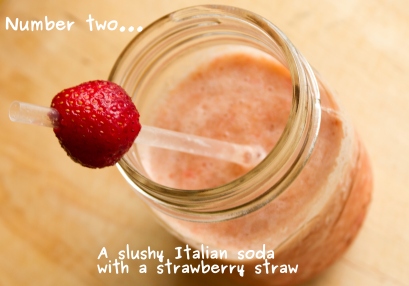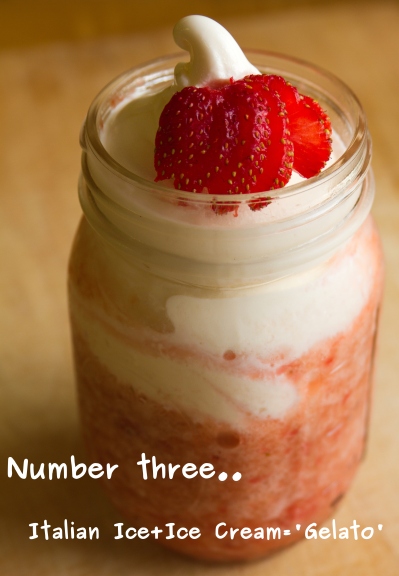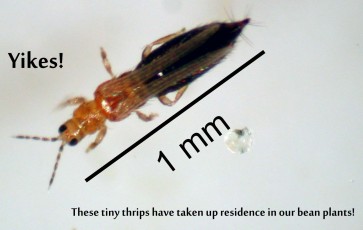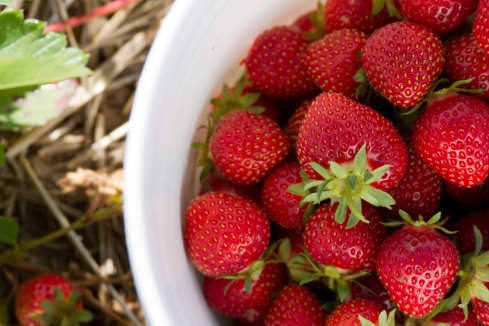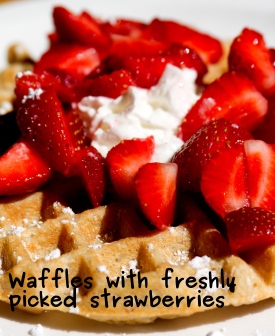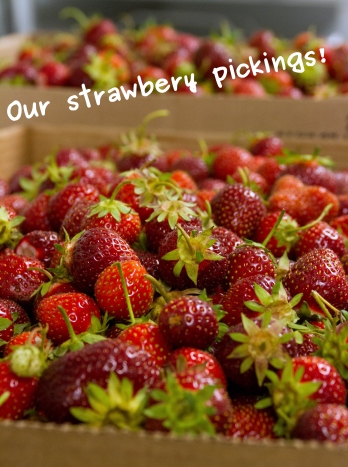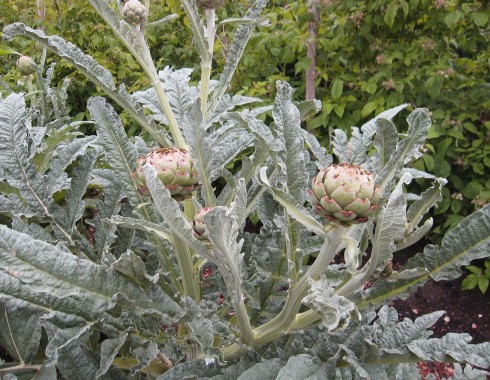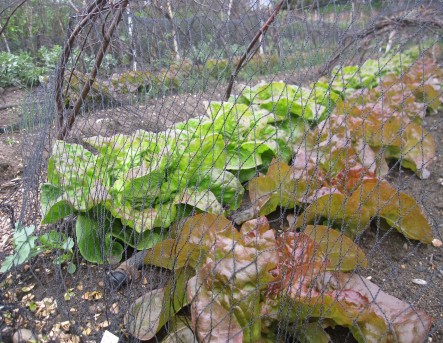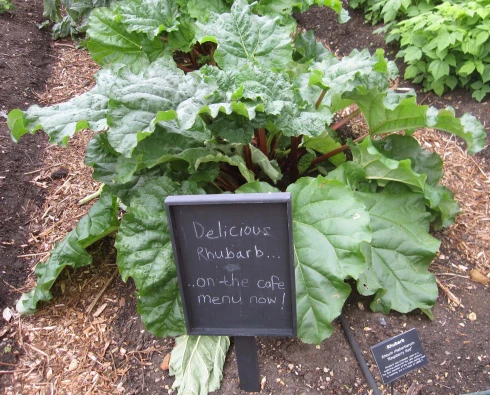I started off on a quest to make a crisp using rhubarb from Village Greens and Elsanta strawberries grown in our county of West Sussex…we didn’t pick them, yet. (Picking our own will come in a few weeks. For now we rely on the ones we get from the supermarket.) 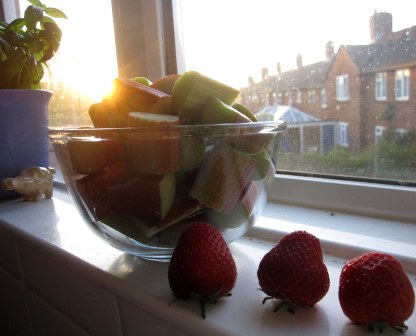
In the end, I made two crumbly desserts…one crisp and one cobbler…both with the same strawberry-rhubarb filling.
I ended up with 2 desserts instead of one because as I was pouring the filling into our tiny (and only) baking dish, I realized that I had too much fruit filling. So I split the strawberry and rhubarb filling and stored half in the fridge. Then I continued on with making an oaty strawberry rhubarb crisp.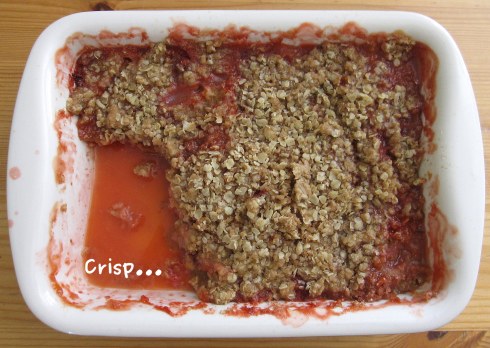
In the morning we had the crisp+some cream for breakfast…:) It was good…very good. I like the fact that oats are often used when making a crisp.
That evening I took the rest of the filling out of the fridge. I loosely followed this recipe to make a cobbler, but I used spelt flour instead of all purpose flour. The cobbler was also tasty, especially when topped with clotted cream ice cream!
But the question remains…is it better to cobble or to crisp one’s fruit filling?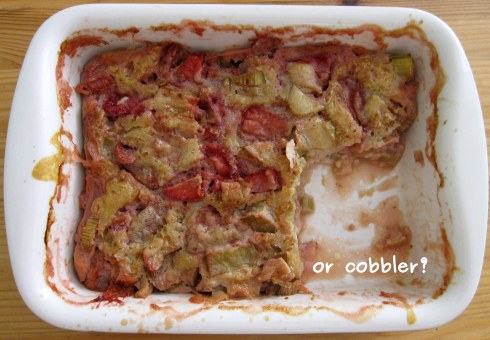
For me, the answer is…crisp that fruit up!
The crisp allowed the fruit to stay juicer, while the cobbler made the fruit a bit milky. And I like oats and you can pile them on a crisp. I think cobbler may suit a blueberry or peach filling better than a chunky rhubarb strawberry filling.
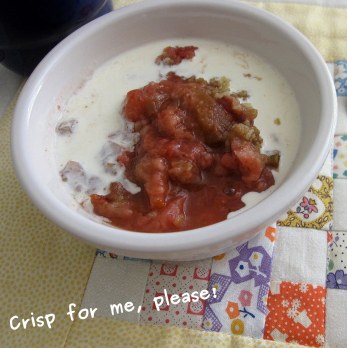 But I should mention that when I was a teenager I made cobbler using a recipe from a dusty cookbook written by an Iowa mom, and I loved how it turned out. The cobbler recipe I followed yesterday didn’t feel familiar. So I’d like to dig out that old recipe and give it a try to see if I can recreate the tasty cobbler of my youth.
But I should mention that when I was a teenager I made cobbler using a recipe from a dusty cookbook written by an Iowa mom, and I loved how it turned out. The cobbler recipe I followed yesterday didn’t feel familiar. So I’d like to dig out that old recipe and give it a try to see if I can recreate the tasty cobbler of my youth.
How about you? Do you prefer a fruit cobbler or a fruit crisp? You could get really crazy and try an English fruit crumble, which is pretty much just a less sweet crisp minus the oats plus more flour. (Here’s an article praising all three desserts.)
Whatever you prefer, all three desserts are a great way to enjoy the fruits of summer!
I followed Ina Garten’s recipe to make the crisp topping, but I found proportions for the fruit filling to be too sweet. Below I share the less sweet fruit filling I created. It makes enough filling for one 9×13 baking dish or two smaller baking dishes, which is what I did to end up with one crisp and one cobbler.
Strawberry and Rhubarb Filling
Ingredients:
- 4 large stalks of rhubarb
- 1 kg of strawberries
- juice of half an orange
- zest of half an orange
- 1/3 cup white sugar
- splash of lemon juice
Directions:
Cut rhubarb into chunks. Cut strawberries into chunks. Mix together in a large bowl along with the rest of the ingredients.
Use in your favorite crisp, cobbler or crumble recipe!
Tags: cobbler, crisp, experimenting with ingredients, Food, recipes, rhubarb, strawberry
